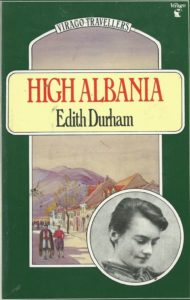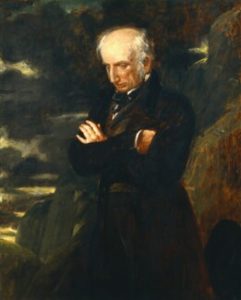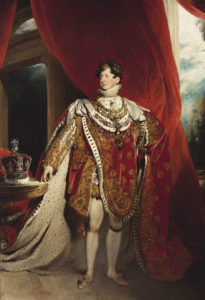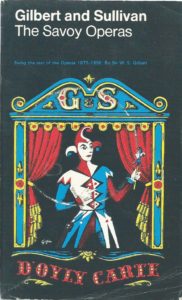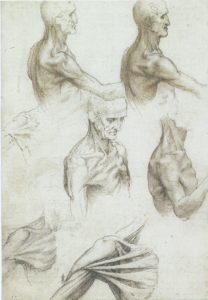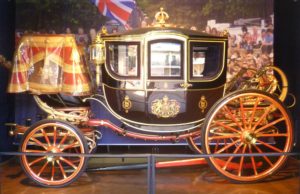Usually, I find myself going regularly to various exhibitions or visiting interesting buildings in or around London but, at the moment, that isn’t possible; so this week I’m doing some Time Travelling instead. Back in 2015, I was invited to the Press Preview of the Queen’s Gallery’s exhibition, Painting Paradise: The Art of the Garden, which looked at four centuries of royal gardens through paintings and objects in the Royal Collection. It’s now spring again, so it seems appropriate to have another look at some of the wonderful objects there.

Queen Mary II tulip vase
Continue reading Time-travelling in Royal Style – with Flowers
Please share this page...
